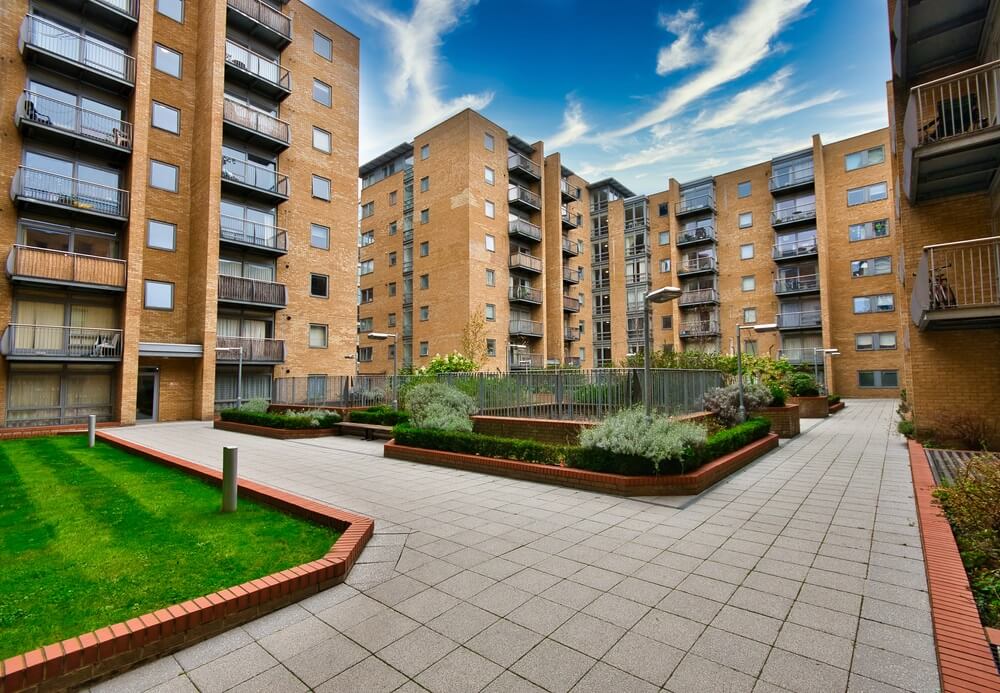Smaller properties such as flats and terraced houses have seen the biggest price increases thanks to a resurgence in demand.
 This is according to new data from the Halifax house price index which said flats had seen a 2.7% uplift in price in the last year whilst terraced homes had risen by 2.6% typically.
This is according to new data from the Halifax house price index which said flats had seen a 2.7% uplift in price in the last year whilst terraced homes had risen by 2.6% typically.
Their strong growth has driven the upturn in property prices overall in the same time period – the year to February 2023. In this time the average house price increased by 1.9%. Meanwhile, detached and semi-detached properties went up by 2% and 1.7% respectively, said Halifax.
Amanda Bryden, head of Halifax Mortgages, said: “As interest rates have stabilised and buyers adjust to the new economic reality of owning a home, one way to compensate for higher borrowing costs is to target smaller properties.
“This is especially true among first-time buyers, who have proven to be resilient over recent years, and now account for the largest proportion of homes purchased with a mortgage in almost 30 years.”
“We see this reflected in property prices for the first few months of this year, with the value of flats rising most sharply, closing the ‘growth gap’ on bigger properties that’s existed for most of the last four years.”
Why have flats become so popular?
Smaller properties like flats and terraced house are most likely to be purchased by those stepping onto the ladder for the first time. Halifax said flats and terraced houses made up 57% of all homes purchased by first-time buyers last year.
But this varies by region and in London, which has the highest average property price in the UK, flats and terraced homes account for 90% of all first-time buyer purchases.
It would seem that in a reversal of the ‘race for space’ – the phrase coined by Halifax to describe the exodus from the city to rural areas during the pandemic – the post-Covid trend is for a return to urban living.
This is down partly to the fact employers are demanding staff return to the office, at least on a hybrid basis, and also due to affordability.
Alice Haine, personal finance analyst at Bestinvest by Evelyn Partners, the wealth manager, said: “While the pandemic property surge was largely driven by demand for larger homes with gardens as buyers exited cities in the hunt for more space at the height of the work-from-home (WFH) era, that trend has now swung in the opposite direction.
“This could signal that the race for space is over, reflecting the toll high living costs and high interest rates have taken on buyers’ affordability levels.
“With interest rates holding at 5.25% since August last year and inflation, although easing now, remaining high throughout 2023, people found their mortgage affordability levels severely constrained.
“No surprise then that buying aspirations have been downsized with first-time buyers now favouring flats and smaller terraced homes.”
She added: “The end of WFH will also be a factor in driving up demand for smaller homes. Fewer white-collar employers are allowing staff to work remotely full-time, with most favouring hybrid contracts and some demanding workers return to the office full-time. As a result, while many homebuyers during and after the pandemic were seeking larger homes in rural locations, more may now be looking at more expensive locations close to cities and towns and transport links.
“If people need to be in the office two or three days a week, it’s more likely their aspirations will be limited to smaller properties.”














